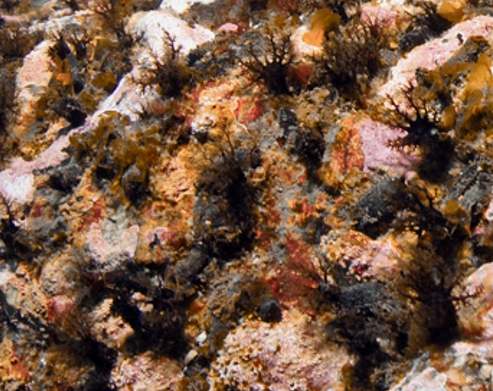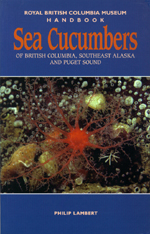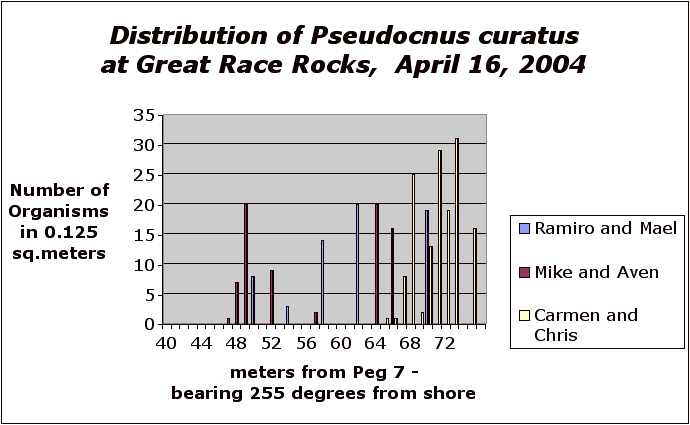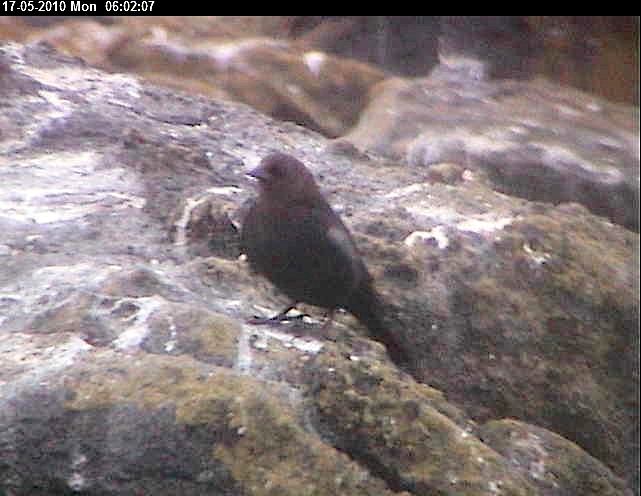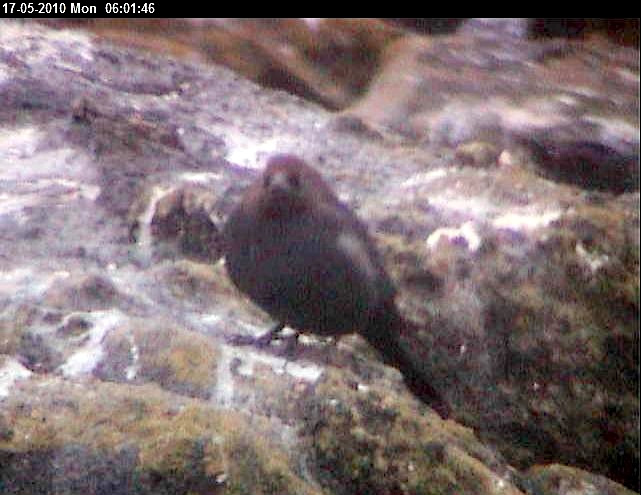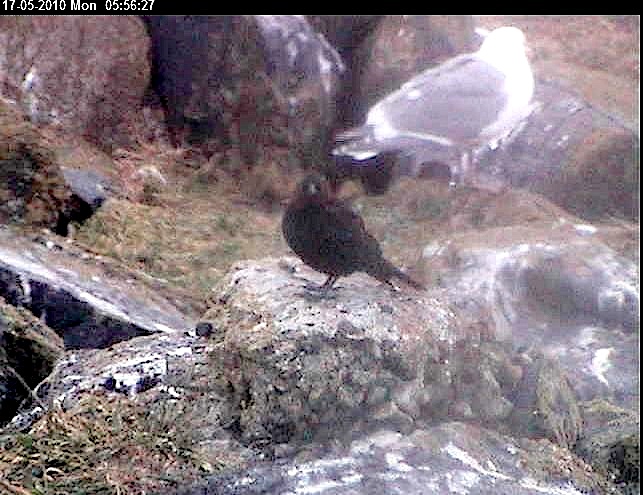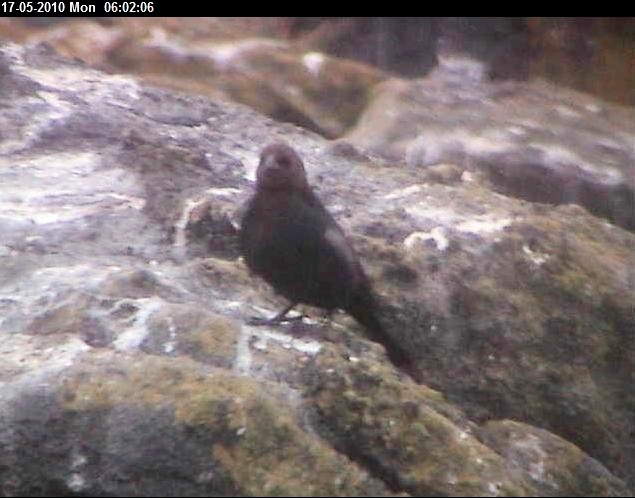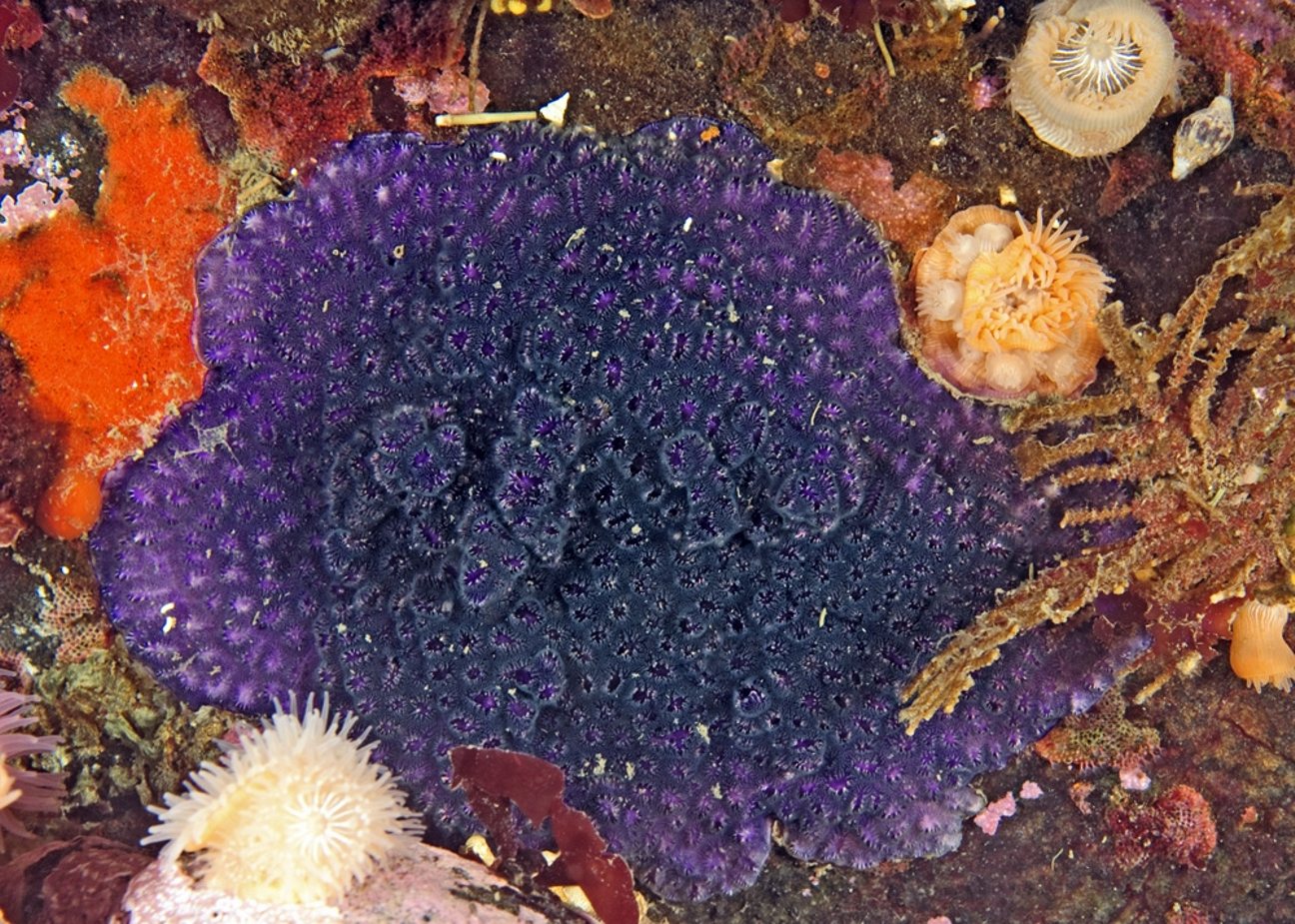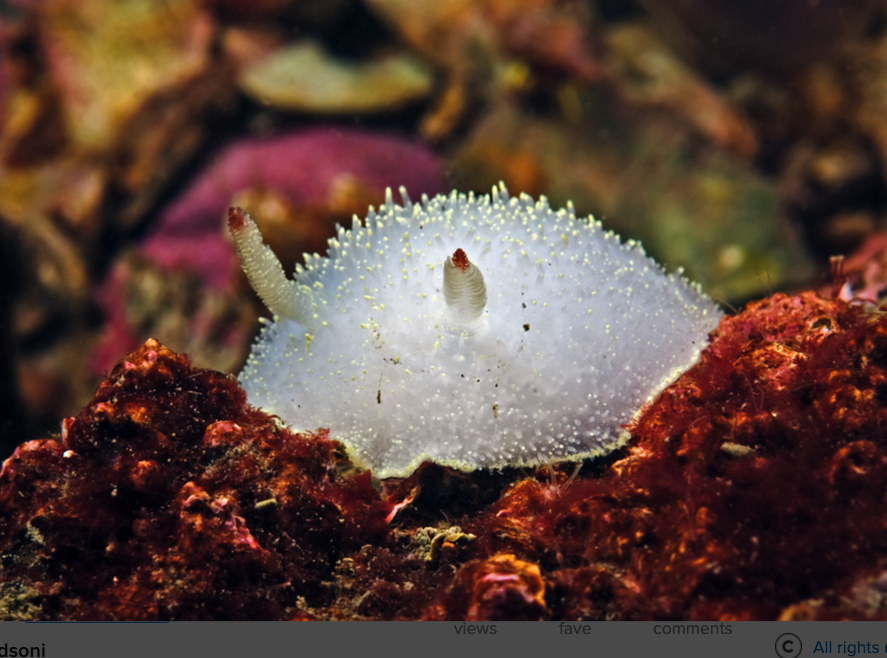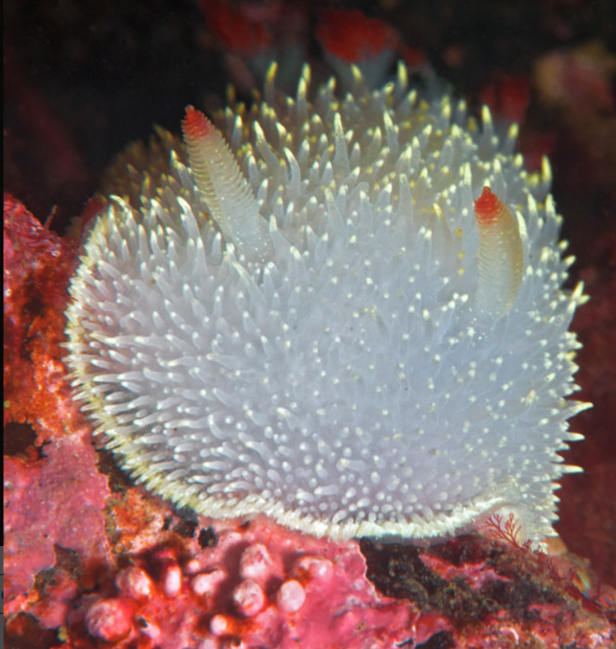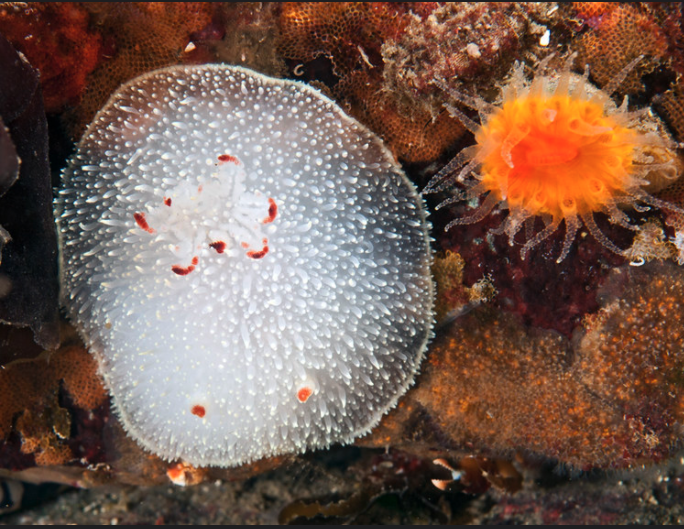Orca; ‘A large group of orcas came through the reserve today traveling W to E. They all passed between Middle and Great Race and then fanned out once outside the reserve. I recognized the dorsal fin of one bull and assume this is the same group of transients that was here earlier in the month.’, ‘Ryan’, ’08:33:36 ,
Race Rocks Public Advisory Board 2010 Recommendations for DFO
The Department of Fisheries and Oceans has reactivated a 1999 proposal to establish Race Rocks as a Marine Protected Area (MPA) under the Oceans Act. As a consequence, a new round of community consultations was launched in September of 2009. The RRPAB is composed of community representatives and Race Rocks stakeholders including Pearson College who presently funds and provides the Ecoguardian at Great Race, private businesses, recreational users, the education sector, research interests, the Ecological Reserve Volunteer Warden and several conservation/environmental protection groups. Various government departments and agencies at the federal and provincial levels are also included. Continue reading
Agonomalus mozinoi: kelp poacher–The Race Rocks taxonomy
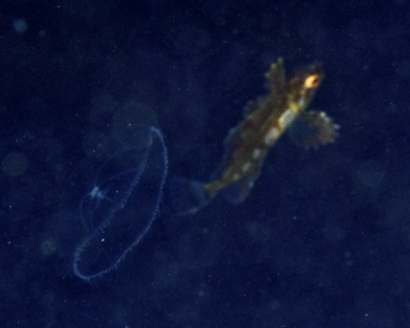 This is a very secretive fish that was not identified until the 1970’s, probably due to its elusive and often nocturnal habits. Ryan spotted this one near the end of a dive as it made a quick getaway, resulting in the blurry images.Note the jellyfish Mitrocoma cellulari on the left side.
This is a very secretive fish that was not identified until the 1970’s, probably due to its elusive and often nocturnal habits. Ryan spotted this one near the end of a dive as it made a quick getaway, resulting in the blurry images.Note the jellyfish Mitrocoma cellulari on the left side.
Images by by Ryan Murphy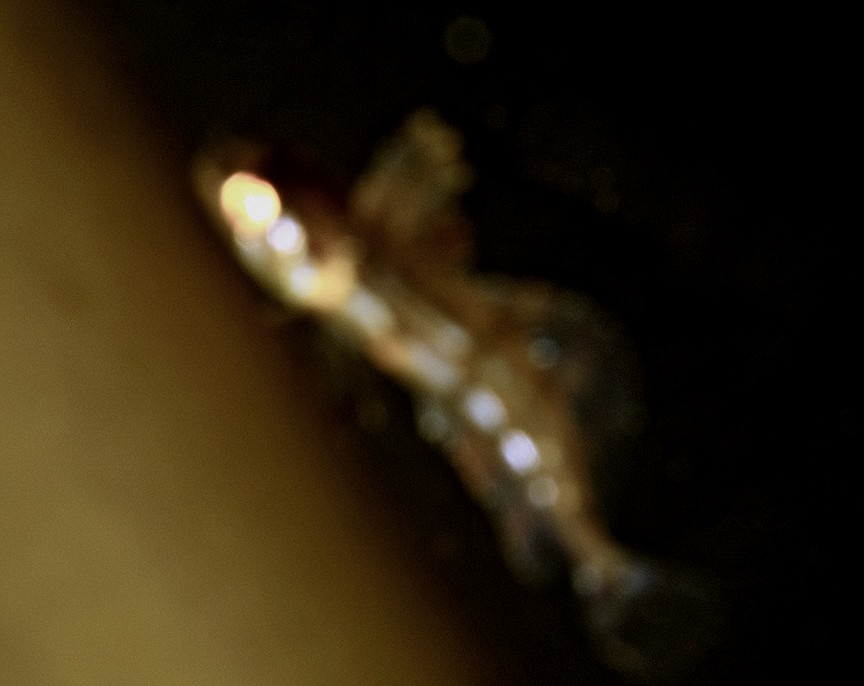
Domain Eukarya
Kingdom Animalia
Phylum Chordata
Sub-Phylum Vertebrata
Class Actinopterygii
Order Scorpaeniformes
suborderCottoidei
Family Agonidae
Genus Agonomalus
Species mozinoi
Common Name: Kelp Poacher
| Other Members of the Class Actinopterygii at Race Rocks |
and Image File |
 The Race Rocks taxonomy is a collaborative venture originally started with the Biology and Environmental Systems students of Lester Pearson College UWC. It now also has contributions added by Faculty, Staff, Volunteers and Observers on the remote control webcams. The Race Rocks taxonomy is a collaborative venture originally started with the Biology and Environmental Systems students of Lester Pearson College UWC. It now also has contributions added by Faculty, Staff, Volunteers and Observers on the remote control webcams.
Ryan Murphy (PC) |
Pseudocnus curatus: Black brooding sea cucumber–The Race Rocks Taxonomy
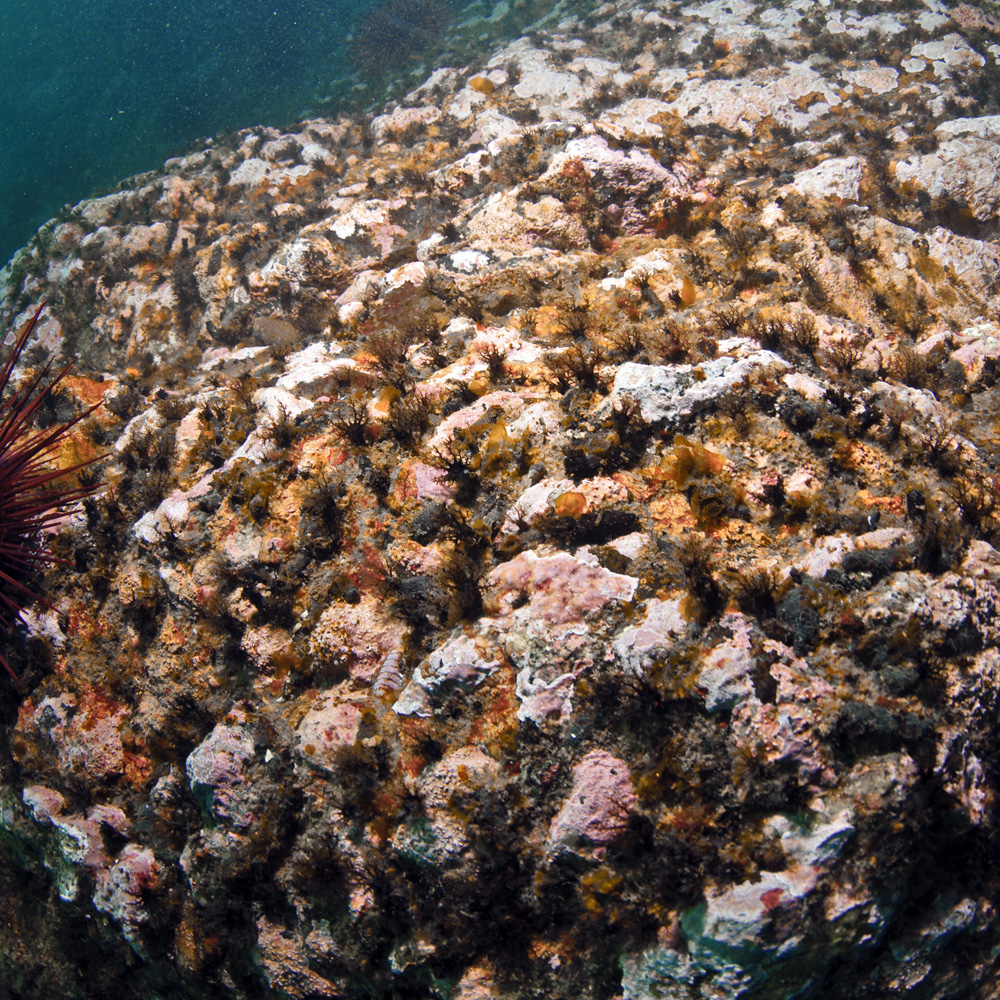 by Ryan Murphy, April, 2010 See Ryan’s underwater set on Flickr with a range of invertebrates: by Ryan Murphy, April, 2010 See Ryan’s underwater set on Flickr with a range of invertebrates:
In the early 1980’s while doing subtidal surveys, we discovered a major concentration of the small subtidal sea cucumber Pseudocnus curatus ( formerly Cucumaria pseudocnus) living in high density off the West side of Great Race Rocks. On April16, 2004, six divers, Ramiro, Mael, Mike, Carmen, Aven and Chris were able to do a preliminary survey of the area and have produced the results shown here.
Domain Eukarya POPULATION DISTRIBUTION at RACE ROCKS
|
||||||||||||||||||||||||||||||||||||||||||||||||||||||||||||||||||||||||||||||||||||||||||||||||||||||||||||||||||||||||||||||||||||||||||||||||||||||||||||||||||||||||||||||||||||||||||||
Essential Requirements for the Race Rocks MPA
Essential Requirements for the Race Rocks MPA from the Point of View of the Race Rocks Ecological Reserve Warden ( and educational director of racerocks.com) Garry Fletcher.
A prerequisite for Designation of an MPA at Race Rocks must be consideration of the following:
Given that the Precautionary Principle is indicated in the Oceans Act as fundamental to Ecological Sustainability of Marine Protected Areas:
- The emphasis in the Oceans Act on the protection of marine ecosystems including the habitats of the marine organisms must form the core value of the MPA. What is currently achieved by the Ecological Reserve status for Race Rocks must not be diminished, and a unified jurisdiction must be applied to the MPA as well as unified permitting procedures for areas of Jurisdictional overlap.
- Resources must be designated to address some of the gaps in scientific ecological knowledge in the MPA.
- Resources must be designated to continue to allow Lester Pearson College (LBPC) to staff the island and manage the facilities for BC Parks.
- Any further funding of the MPA Process should be applied directly to “on the ground ” operation and research activities of the MPA which bring direct benefit to ecosystem conservation.
- Current work in outreach and education must be continued and allowed to adapt with the times, technology and resources available.
- The efforts to maintain and develop further an integrated energy system for Great Race Island must be continued, in order to reduce operating costs.
- The experience of the management process LBPC have carried out since destaffing by the Coastguard in 1997 must be taken into account in the development of a management plan for the MPA.
- The BC Parks Management Plan for the Ecological reserve must serve as a model for the development of any further management plan.
- The permitting system for research and education must be refined enabling faster turn around time, and the Island management must be consulted in the process.
- Given the nature of the historical site on the island, special consideration must be given to conserve those features along with other aspects of cultural heritage and these should be recognized as part of the protected area.
- Access to all smaller islands for research must remain off limits without a permit..
- Oil and Chemical spill containment plans must be devised for the MPA and resources put in place to handle those eventualities.
- Control for Aircraft overflights must be agreed to and enforced. 1500 meters, the US standard, would be advisable in the absence of data indicating otherwise.
- Access for recreational boaters, including kayakers to the reserve must be regulated and carefully monitored and enforcement by DFO followed up when reports are submitted by the island ecoguardian. Vessel speeds and adequate distances from wildlife on land and water must be enforced.
- Personal watercraft must be banned from the MPA in the same way that ATVs are banned from local Parks.
- A prohibition on anchoring except in the event of emergencies or facility maintenance must be imposed.
- A reasonable ( several kilometre) buffer distance must be established so that commercial fishing, dumping and development does not infringe on the MPA.
- The requirements of the DFO Draft Marine Mammal regulations should be confirmed immediately, if not for all of Canada, then for this reserve specifically.
- Cooperation from DND on the use of adjacent facilities and areas must be carefully regulated so as to avoid compromising the ecological values of the MPA.
- Given that the precautionary principle is so highly recognized in the Ocean’s Act, a moratorium should be placed on any harvesting of resources by any groups or individuals within the reserve until such time that adequate scientific research on the level of ecological sustainability has deemed it to be acceptable.
- The boundaries of the MPA may be modified subject to science-based determinations and consultation with the user groups.
- Race Rocks must be considered as only one part of a network of MPAs in Coastal British Columbia. The current Marine-based Ecological Reserves in BC should serve as a core of areas to be considered for MPA designation..
Pacific Whale Watch Association (PWWA) Specific stakeholder recommendations: Ecotourism & Education
(RRPAB- PWWA Input
Monday April 19,2010
780 Blanshard Street
(2nd floor Boardrom)
A) Pacific Whale Watch Association (PWWA) Specific stakeholder recommendations: Ecotourism & Education
We have included “Education” as part of our mandate because our 32 member companies consider Public Education to be the foundation of support for conservation and stewardship: People will save what they love, and our tours offer them the best opportunity to get to see, know and fall in love with this ecosystem.
In the initial round of meetings from 1998 through 2001, the responsible wildlife viewing community (made up mostly of members of the then Whale Watch Operators Association North West (WWOANW)) was able to convince most other stakeholders that we could operate within the boundary of Race Rocks Ecological Reserve with negligible impact, with special attention to avoiding disturbance of the marine mammals and birds there.
WWOANW worked closely with the Eco Warden, Pearson College and DFO to develop viewing and vessel operation guidelines specific to Race Rocks Ecological Reserve. This adaptation was in addition to and not in place of our other detailed Best Practices Viewing Guidelines for various species. The unique topography and bathymetry of Race Rocks necessitated these changes.
For example, while it has long been our aim to stay 100m away from Marine Mammals, especially pinnipeds that are hauled out, the main channel through which we can navigate at Race Rocks is less than 200m wide. As there are often sea lions on rocks or islets on either side of the main channel, it is only possible to be 75m away from both shores. The agreed upon protocol included (i) Staying in the centre of the channel; (ii) Travelling with the current as a way of minimizing both sound and wave action; (iii) Travelling at a speed that minimized wash; and (iv) Keeping passengers still as movement can disturb both birds and pinnipeds.
“Race Rocks
- Vessels will slow their approach to Race Rocks such that speed at 1/8th mile (220 yards) from any rock or landmass is reduced to minimal wake and wash, when practical. This Go Slow Zone extends 800 yds/m around every rock and landmass in the Race Rocks area.
- Vessels in the Go Slow Zone will remain as close to mid-channel as is practicable between the major rock outcroppings known as North Race Rock, West Race Rock and Helicopter Rock.( ed note: this is Middle Islands)
- While in the Go Slow Zone vessels will transit the area with the current whenever conditions are suitable to do so.
- Vessels will remain outside all of the Go Slow Zone whenever Resident, Transient or Off Shore Killer Whales are present.”
We recommend that access to Race Rocks by wildlife viewing companies operating in a responsible manner be maintained. We seek Federal, Provincial, Regional and Local Governments support and assistance to promote and increase public awareness of the ecological significance of Race Rocks.
Federal, Provincial, Regional and Local Governments can maximize the educational value of and public support for Race Rocks and other MPA’s by showing how much all levels of government care for these precious natural resources. This is a wonderful opportunity to explain and promote Canada’s Federal Marine Protected Areas Strategy.
(B) Pacific Whale Watch Association (PWWA) Shared recommendations
Boundary: As noted in PWWA’s Best Practices Guidelines, we consider what we call the “Go Slow Zone” to be the practical boundary for our operations and it extends out “800 yds/m around every rock and landmass in the Race Rocks area”. PWWA, therefore, gladly accepts the proposed Boundary as long as access in a responsible manner under a set protocol is allowed.
Restrictions and Accepted Uses: PWWA sees no reason that the uses currently allowed cannot continue.
Ongoing Science: The Boundary, Access, Restrictions, etc. must be adaptive, adjusting as new information on biomass, water quality, climate change, etc. becomes available. The first major research project will be a continuation of the cataloguing that Lester B. Pearson College has begun, and the recording of baselines for species populations, water quality, etc.
PWWA, as an association representing commercial ventures, realizes as much as any organization that such changes could have negative financial consequences for our members, but our membership remains committed to education and conservation as our primary missions. But we also understand the effectiveness of our educational and conservation impact would be diminished by any restrictions to access. Where reductions in access are contemplated, mechanisms will have to be put in place to assist in transition of our members.
Relationships with First Nations: Mutual respect and a willingness to learn from each other must always be the hallmarks of our relationship with First Nations. We believe that formal details should be a matter of government to government negotiations.
Role of other government agencies: There are no walls or floodgates around Race Rocks, nor is there a ceiling or roof. We must be careful to get cooperation from all municipal, provincial and federal agencies to monitor and limit impact from all potential man-made events (e.g. Oil Spill, Increased Commercial Fishing in Juan de Fuca Strait, Seismic Testing, Increased airplane traffic, etc.) and natural events (e.g. virus or infection in sea lion population, relocation of prey due to Climate Change, etc.)
Overall profile of the MPA: Clearly there will be a balancing act between singing the praises and raising the profile of Race Rocks, and maintaining its integrity as an untainted ecosystem.
Protection: We foresee that greater education of students and adults will foster even greater respect for Race Rocks. Responsible stakeholders will continue to be strong advocates of Stewardship and Conservation and our presence will continue to be an efficient way to monitor human interaction, animal behaviour and changes.
Finances: This is where the business side of PWWA rears its head. We do not wish to see a major expenditure of government funds or any attempt at recouping those costs if there is no measurable increase in the conservation or stewardship of Race Rocks. A worst case scenario for us would be a massive build up of bureaucracy and expenses but only marginal improvement in how Race Rocks is promoted, operated and protected by the Federal Govenment.
Pearson College has done a magnificent job on a shoestring budget. While that is clearly not sustainable in the long-run, there are lessons in efficiency that Pearson College can provide. We see the long-term financing of Pearson College so that they can continue their work in concert with additional services from the federal and provincial government. Pearson College knows from experience what works and what needs attention. DFO should ask and listen.
Future management: Pearson College working in cooperation with DFO and B.C. Parks
Orca through Race Passage
Orca: 3, ‘A group of orcas were followed through Race Passage traveling E to W.’, ‘Ryan’,
Molothrus ater, Brown-headed cowbird– The Race Rocks Taxonomy
|
||||||
Domain Eukarya
Kingdom Animalia
Phylum Chordata
Sub-Phylum Vertebrata
Class Aves
Order Passeriformes
Family Icteridae
Genus Molothrus
Species ater
Common Name: Brown-headed cowbird.
| Other Members of the Class Aves at Race Rocks |
and Image File |
 The Race Rocks taxonomy is a collaborative venture originally started with the Biology and Environmental Systems students of Lester Pearson College UWC. It now also has contributions added by Faculty, Staff, Volunteers and Observers on the remote control webcams. The Race Rocks taxonomy is a collaborative venture originally started with the Biology and Environmental Systems students of Lester Pearson College UWC. It now also has contributions added by Faculty, Staff, Volunteers and Observers on the remote control webcams.
Pam Birley |
Disporella separata: bryozoa–The Race Rocks Taxonomy
This brightly coloured bryozoan, Disporella separata, can grow in patches 30- 40 cm in diameter. It may initially be mistaken for the purple variety of the Pink hydrocoral Allopora sp. It is found on the rocks right off the docks at Race Rocks in 8-12 metres of water.
This species is classified in The Lophophorate Phyla of British Columbia: Entoprocts,Bryozoans,Phoronids and Brachiopods by Aaron Baldwin School of Fisheries, U. of Alaska.
This brightly colored bryozoa can have patches 30- 40 cm in diametre. It may initially be mistaken for the purple variety of the Pink hydrocoral Allopora sp. It is found on the rocks right off the docks at Race Rocks in 8-12 metres of water
Rich : Animalia
Tribe : Bryozoa ( Moss animals)
Class : Stenolaemata
Order : Cyclostomatida
Family : Lichenoporidae
Gender : Disporella
Disporella separata
and Image File
 The Race Rocks taxonomy is a collaborative venture originally started with the Biology and Environmental Systems students of Lester Pearson College UWC. It now also has contributions added by Faculty, Staff, Volunteers and Observers on the remote control webcams.
The Race Rocks taxonomy is a collaborative venture originally started with the Biology and Environmental Systems students of Lester Pearson College UWC. It now also has contributions added by Faculty, Staff, Volunteers and Observers on the remote control webcams.
name –year (PC)
Acanthodoris hudsoni: Hudson’s Dorid– The Race Rocks Taxonomy
General Description: Aconthodoris hudsoni is a typical representative of the Dorid Nudibranchs, which are also often referred to as sea slugs. Nudibranchs are sea snails that lack a shell and can vary greatly in coloration and form. That is why they are known as one of the most beautiful marine animals. Acanthodoris hudsoni can be easily identified by its transparent whitish body and the yellow stripe running at the edge of its mantle. Its body is covered with conical pipalae, which are also tipped yellow. As most nudibranchs, Aconthodoris hudsoni has two long tentacles (called rhinophores) which are used as sensory organs for searching for food or a partner. |
Distribution:
Sea slugs occupy the benthic zone. They usually live in the lower intertidal zone and could be found up to 700m in depth.
The dorid nudibranchs (over 3000 species) are widely spread throughout the world. Aconthodoris hudsoni, however, could be found only on the Pacific coast of North America.
Size: 1.5 to 2 cm
Feeding:
Dorid nudibranchs feed on a wide variety of organisms: anemones, corals, hydroids, sponges, etc. However, they are highly specialized in their feeding habits. Some nudibranchs can eat only one specific genus or even species! Presently, it is not known what is the exact diet of Acanthodoris hudsoni, but biologists believe that it should be similar to the one of the other members of the genus Acanthodoris – bryozoans.
Reproduction:
Sea slugs are hermaphrodites. Usually, they lay their eggs nearby a food source. The incubation period lasts for about 50 days, but can range in accordance to the abiotic factors in the environment. Nudibranchs go through a larval stage and when conditions are favourable, they metamorphose into young adults. This helps them distribute to larger areas.
Biotic Associations:
Although the dorid nudibranchs would be usually found on top of rocks, sometimes they live on other organisms, such as corals, seaweeds, and sponges, and exhibit parasitic relationships.
Go to: Student Research: Shade Preference in Sub-tidal populations of Dorid Nudibranchs
References:
Behrens, David. Pacific Coast Nudibranchs. Sea Challengers: Monterrey, 1991. p48.
Other Members of the Phylum Mollusca at Race Rocks.
and Image File |
 The Race Rocks taxonomy is a collaborative venture originally started with the Biology and Environmental Systems students of Lester Pearson College UWC. It now also has contributions added by Faculty, Staff, Volunteers and Observers on the remote control webcams. The Race Rocks taxonomy is a collaborative venture originally started with the Biology and Environmental Systems students of Lester Pearson College UWC. It now also has contributions added by Faculty, Staff, Volunteers and Observers on the remote control webcams.
|

